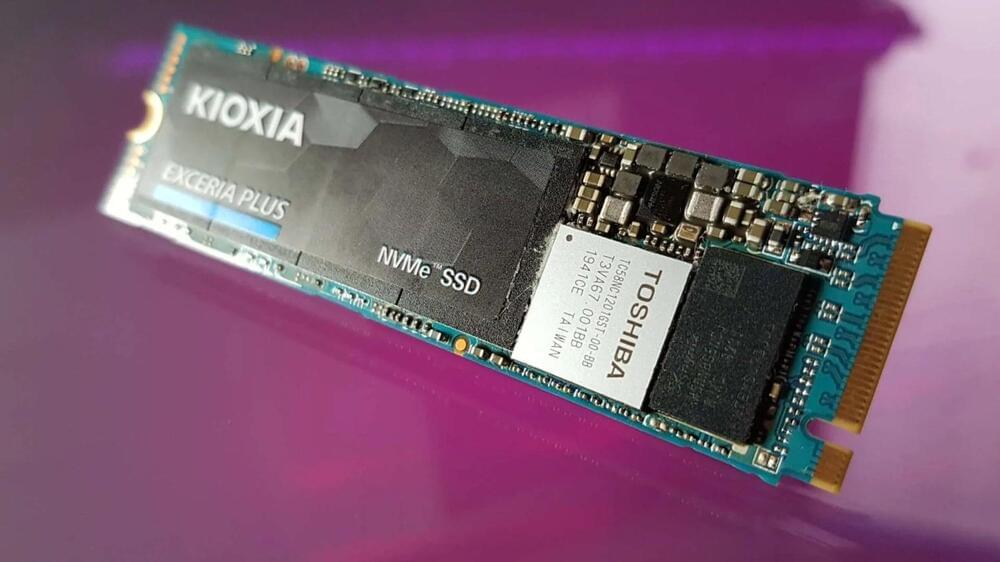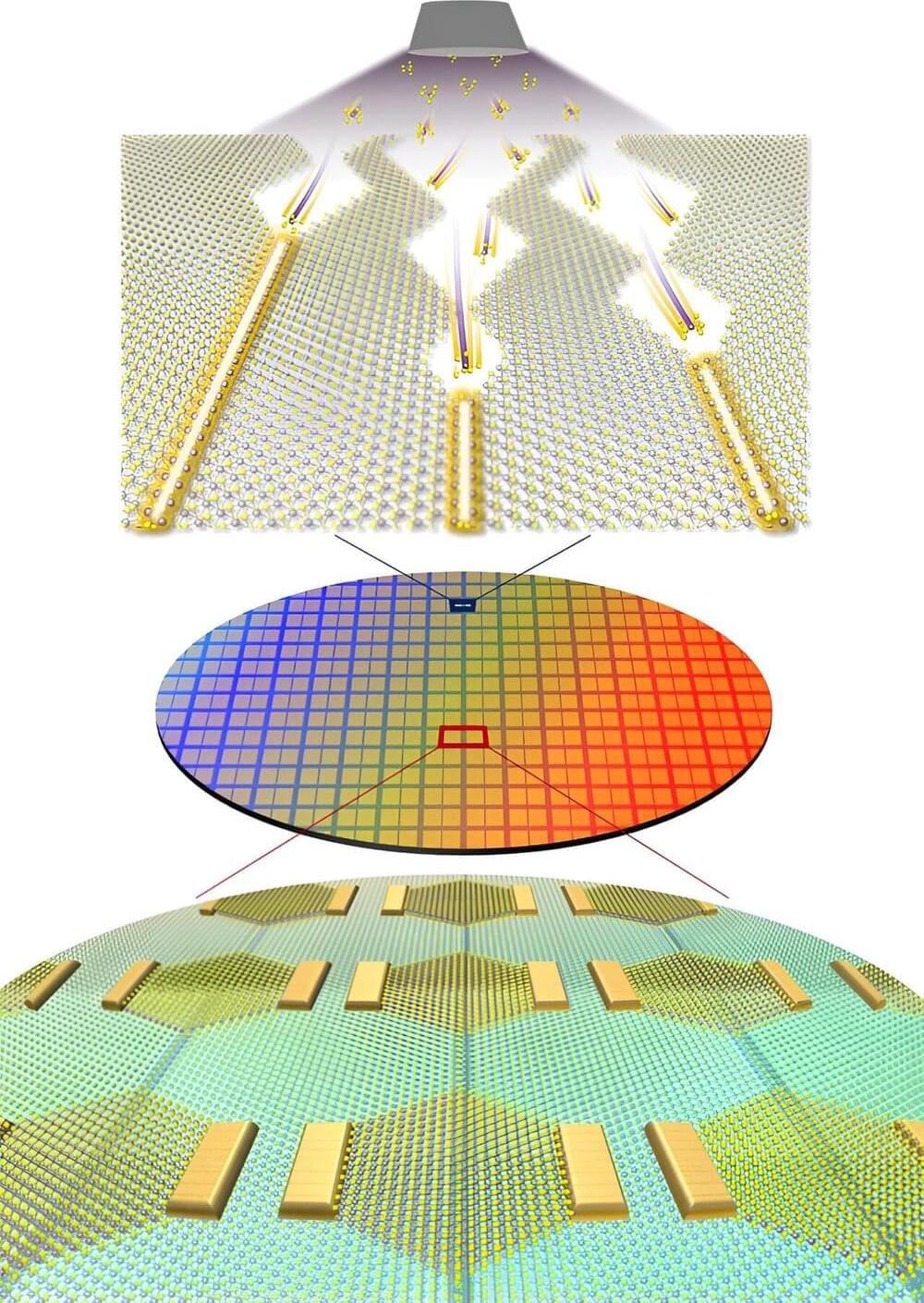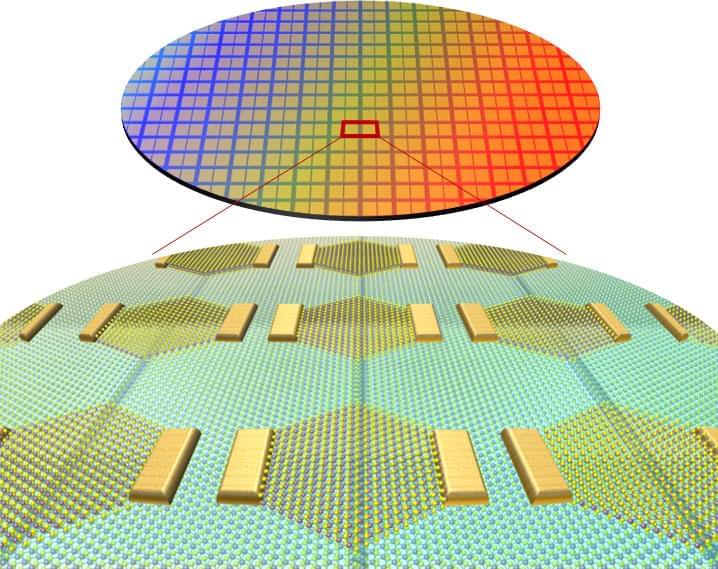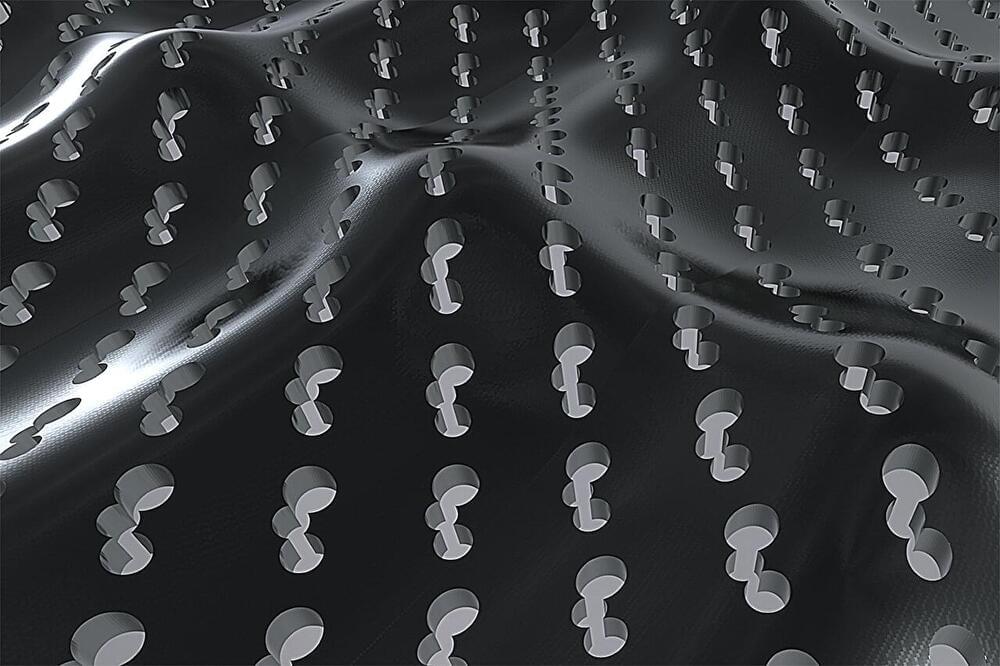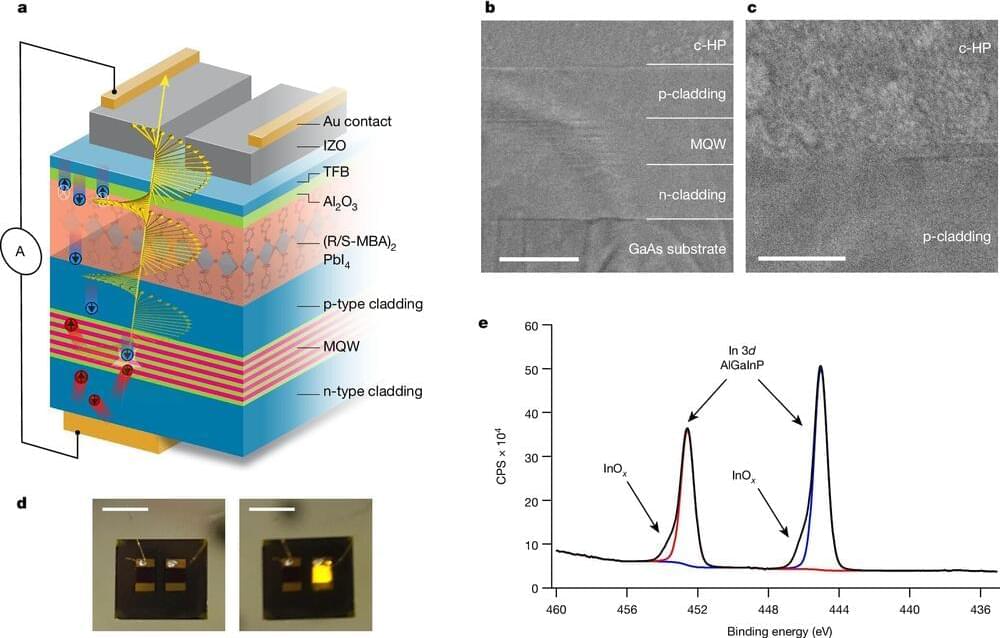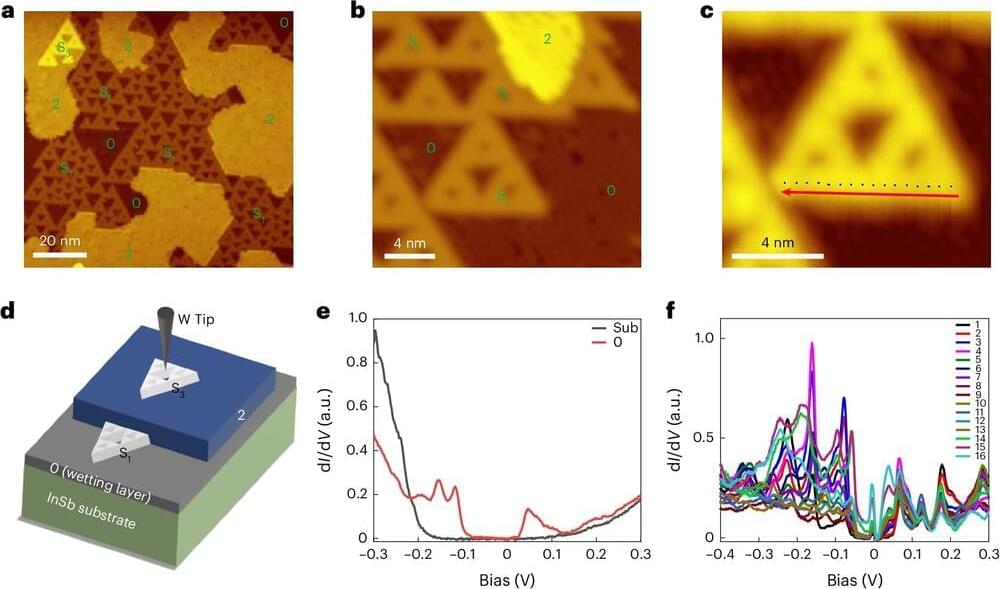Accurate models of real-world scenarios are important for bringing theoretical and experimental research together in meaningful ways. Creating these realistic computer models, however, is a very large undertaking. Significant amounts of data, code, and expertise across a wide range of intricate areas are needed to create useful and comprehensive software.
Dr. Norbert Lütkenhaus, executive director of the Institute for Quantum Computing (IQC) and a professor in the University of Waterloo’s Department of Physics and Astronomy, alongside his research group, have spent the last several years developing accurate software models for research in quantum key distribution (QKD).
QKD is a process for cryptography that harnesses fundamental principles of quantum mechanics to exchange secret keys, which can then be used to ensure secure communication.


